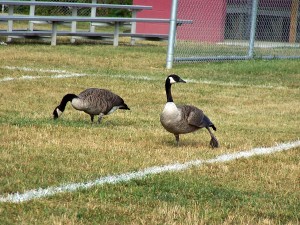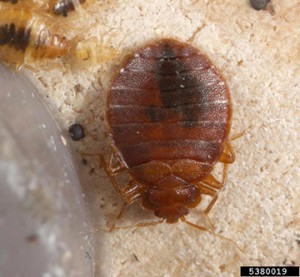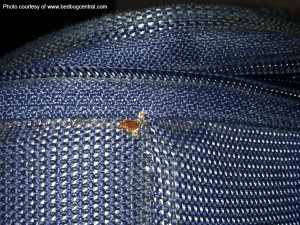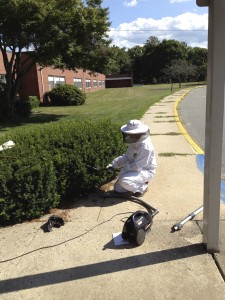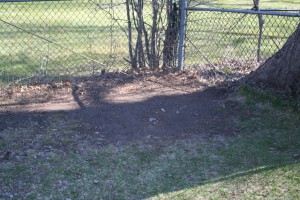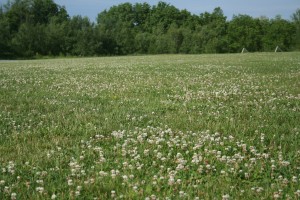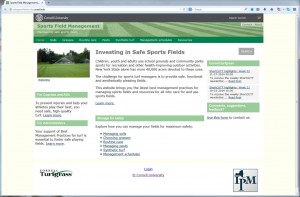A second workshop has been scheduled to help school personnel learn to deal with goose problems on school grounds & athletic fields.
Although beautiful in flight and valued as a symbol of the wild, Canada Geese frequenting school grounds, including athletic fields, are a growing concern. Come and learn about goose biology and behavior, the legal framework for dealing with goose problems, alleviation techniques available to schools, and the long-term management of geese and goose problems.
February 20, 2015 – Rochester’s Edison Tech High School (snow date of March 30 or 31)
Directions to Seminar Location:
Edison Tech High School
655 Colfax St., Rochester, NY 14606
I-390 to Exit 22 (Lexingon Ave.). Lexington Ave. east to Colfax St. Turn South. Entrance will be on the right.
To pre-register for our planning purposes or for more information, please contact by February 13 Lynn Braband at LAB45@cornell.edu or 585-753-2562.
March 13, 2015 – DCMO BOCES Support Services Center, Norwich, NY
Directions to Seminar Location:
Support Services Center
6678 County Road 32
Norwich, New York 13815-3554
http://www.dcmoboces.com/directions.cfm
To pre-register for our planning purposes or for more information, please contact by March 2, Rick Shaw (shawr@dcmoboces.com 607-335-1249) or Lynn Braband (LAB45@cornell.edu 585-753-2562).
There are no cost for these seminars.
AGENDA
8:30 – 9:00 Registration
9:00 – 9:15 Introduction to the seminar
9:15 – 10:00 Basic biology of Canada Geese (including human health concerns)
10:00 – 10:15 Break
10:15 – 10:45 Goose problem management (short-term & long-term
10:45 – 11:30 Regulations associated with managing goose problems
11:30 – 12:15 Turf management and geese
12:15 – 12:45 Sharing your experiences & concerns
12:45 – 1:00 Wrap-up & evaluation

